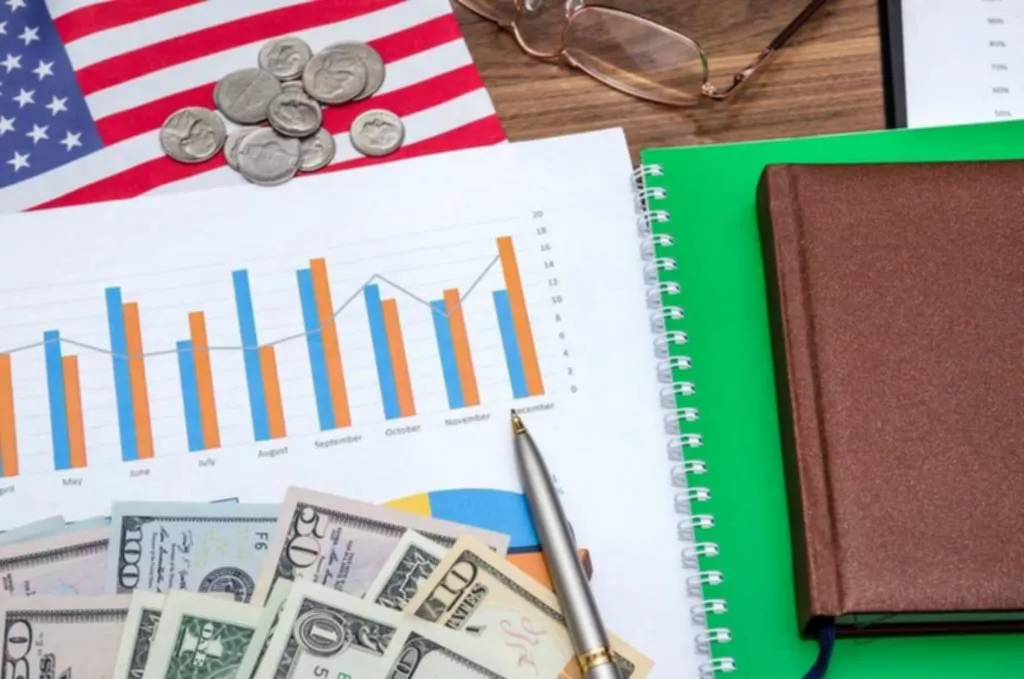Content
- How to Calculate Sales Tax?
- What is value-added tax?
- Your sales tax rate
- How to Calculate Sales Tax Backwards from Total
- How to Account for Sales Tax Paid for an Inventory
- Calculate your total amount
- How do I calculate the amount of sales tax that is included in total receipts?
- What is the sales tax formula?

Imposed by both state and local governments, sales taxes make up the largest source of tax revenue for states throughout the country. In order to receive updates on the correct sales tax percentages, file to do business with the various governments in whose jurisdictions the company has nexus. It may be sufficient to file to do business at the level of the applicable state government. If you sent an invoice to the customer for later payment, the entry is a debit to the accounts receivable account and a credit to the liability account for sales taxes payable. If the customer paid in cash at the point of sale, the entry is a debit to the cash account and a credit to the liability account for sales taxes payable.
- All collecting sales tax to pay for things like schools, roads, and public safety.
- Or you can move the decimal point two places to the left, which puts a 0 in front of the sales tax percentage.
- The tax must be collected on the amount of the sale that is taxable.
- Under such a taxation framework, consumers pay the price of the item plus the amount of the sales tax which is collected by the store at the cash register and printed on the receipt.
- Economic nexus may also be present, where your sales into a state exceed a certain threshold level.
- Once the good has been completed, packaged, and shipped to market, it’s reached its final tax amount.
- For example, the state sets its rate at 3.25%, the county adds another 1.25%, and the local government adds another .50%.
The United States is one of few countries — and the only economically advanced country — that doesn’t impose a VAT. More than 160 countries worldwide impose VAT as their primary consumption tax. Bankrate follows a strict
editorial policy, so you can trust that our content is honest and accurate. The content created by our editorial staff is objective, factual, and not influenced by our advertisers.
How to Calculate Sales Tax?
All governments must generate revenue of some kind to pay for the services they provide, like road maintenance, healthcare, education, fire, and police. It also needs funding for the costs of governing, such as government employee salaries, property leases, and general operating expenses. The most common way for governments to raise money is through taxes.
The use of the word nexus in the context of sales taxes refers to the state that you primarily sell from and your connection to the state. For example, you sell your products from a real space that’s located in Illinois. You have a physical connection to the state in the form of an office and a location from where you store and ship your products from.
What is value-added tax?
Add the sales tax number to the price of the goods for the final price. However, if you’re selling online, you may or may not have to remit sales tax to the state, or you may have to charge the base tax rate to the state and nothing further. In the US and the District of Columbia all states except Alaska, Delaware, Montana, New Hampshire and Oregon impose a state sales tax when you buy items or pay for services. Alaska however does allow localities to charge local sales taxes as do many other states.

Additionally, Wisconsin counties charge an additional 0.5-percent tax, bringing the total sales tax to 5.5 percent. The tax must be collected on the amount of the sale that is taxable. Taxable sales should be separated from nontaxable sales to perform this calculation. The total amount of taxable sales times the sales tax rate equals the sales tax amount. Occasionally a product or service is listed with the sales tax already included in the total price. If the tax rate for the area is known, the sales tax paid on that purchase can be calculated.
Your sales tax rate
The software should automatically pull the applicable tax rates from the database record for the customer and apply it to the total of all items listed in the invoice. If some customer purchases are exempt from sales taxes, flag these items on the invoice, and verify that the calculated sales tax does not include it. For traditional brick-and-mortar businesses, it’s easy to determine whether you need to charge sales tax and how much.
Such a situation may happen in sectors where the competition is high among sellers, or the consumer demand is more sensitive to price changes. In other words, the full price effect depends largely on the price elasticity of demand. However, how to calculate sales tax even if an altered tax rate brings change in the price level, the duration of the effect is rather short and hardly induce a sustained increase in the inflation rate. In the United States, sales tax at the federal level does not exist.
How to Calculate Sales Tax Backwards from Total
In Massachusetts for example sales tax is not charged on regular grocery items. In the hospitality industry it is common for restaurants and hotels to charge a tax rate higher than the state sales tax rate. Check with your state and locality for expected sales tax rates and potential tax surcharge rates. If you have a printed receipt from a store, it’s likely they’ve already separated out the amount charged in sales tax for you.
In the context of sales tax, the term “nexus” refers to the presence of a business in a state. Sales taxes are administered at the state level, but they can be levied at the municipal or county level as well. Alaska, for example, has no state sales tax, but many municipalities within Alaska levy sales taxes that range from 1% to 7%. Sales tax is a consumption tax paid by consumers at the point of sale. Businesses are then responsible for remitting it to the government. Consumers can also purchase items free of sales tax during what are known as sales tax holidays.